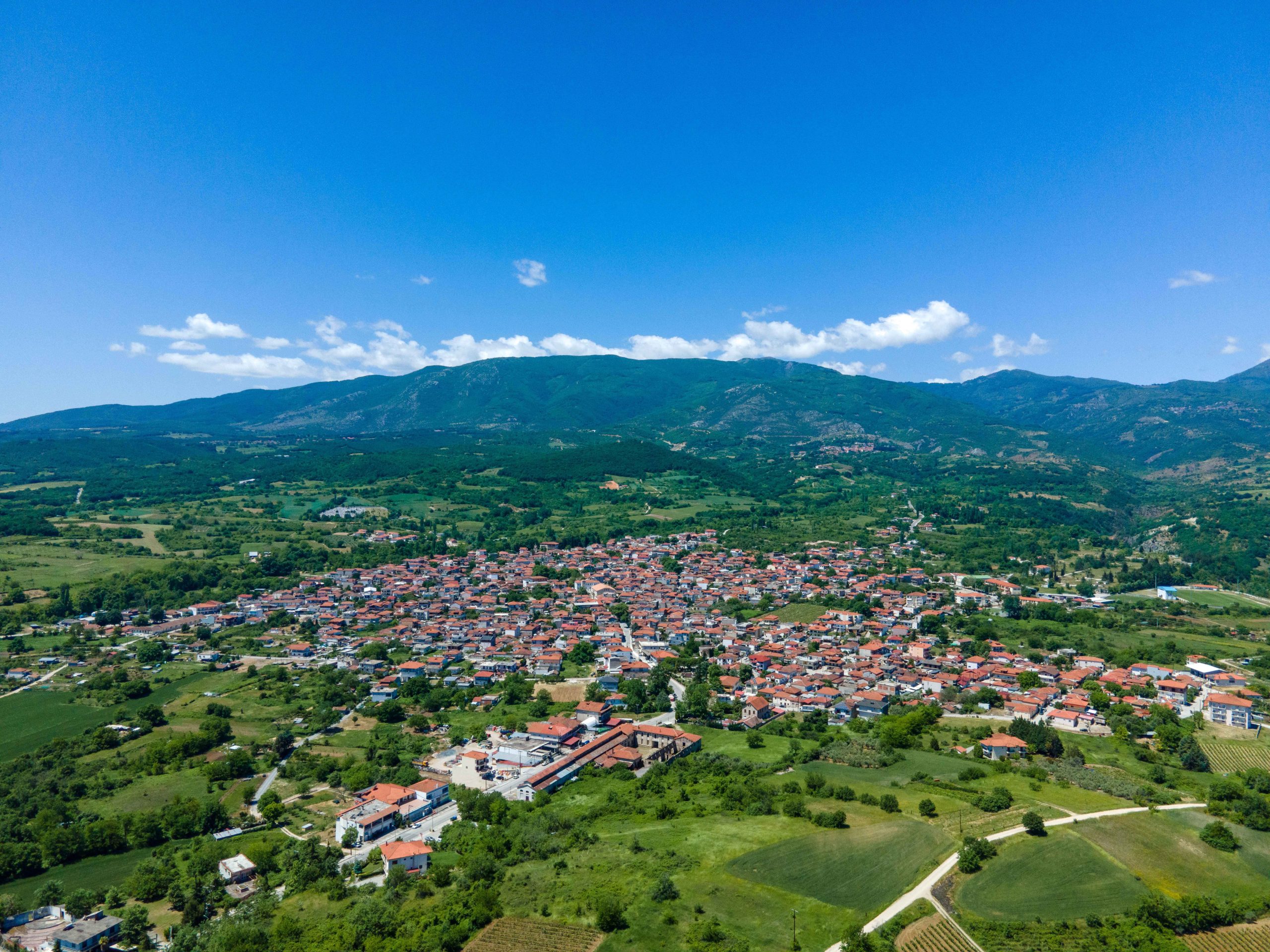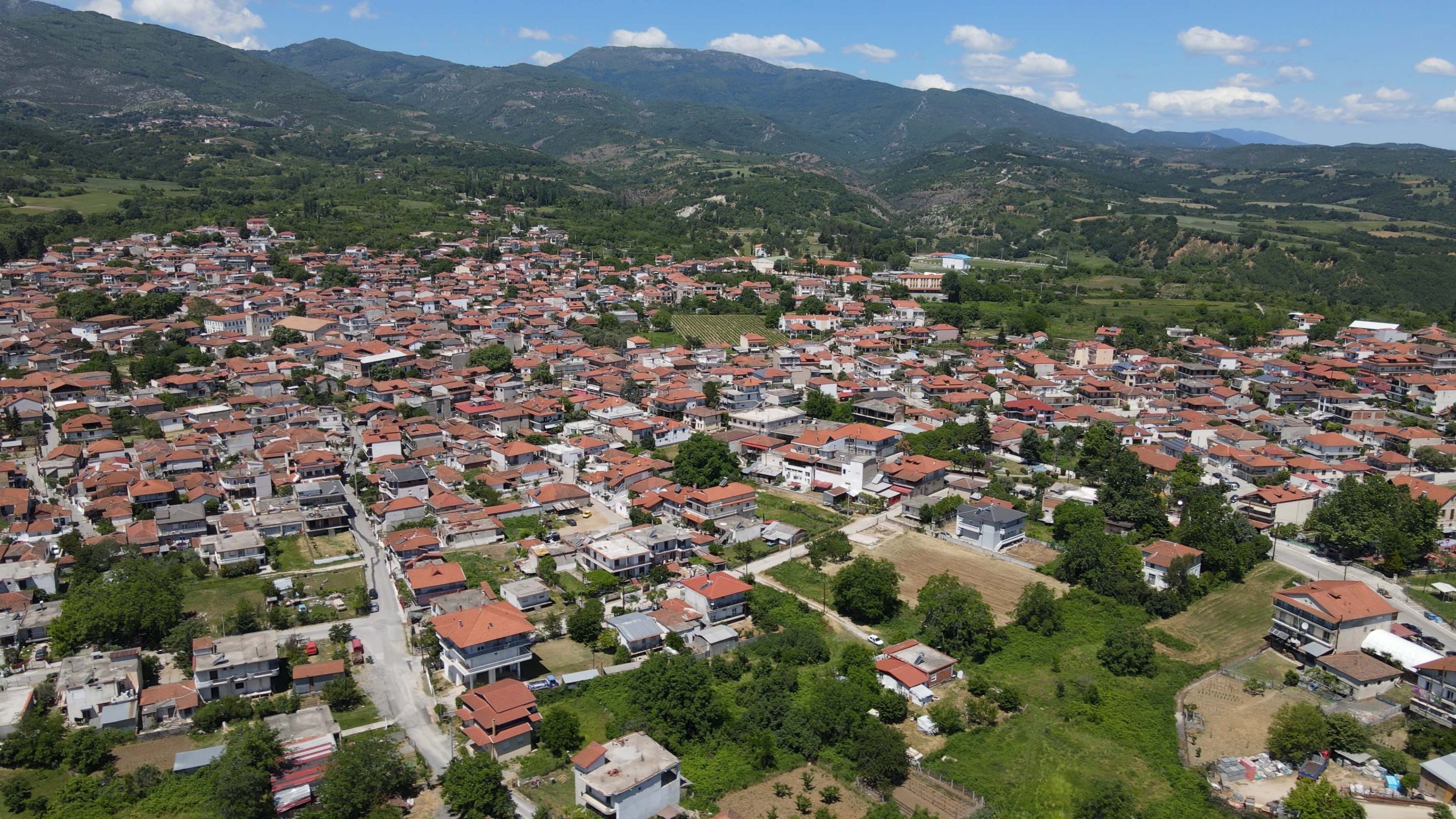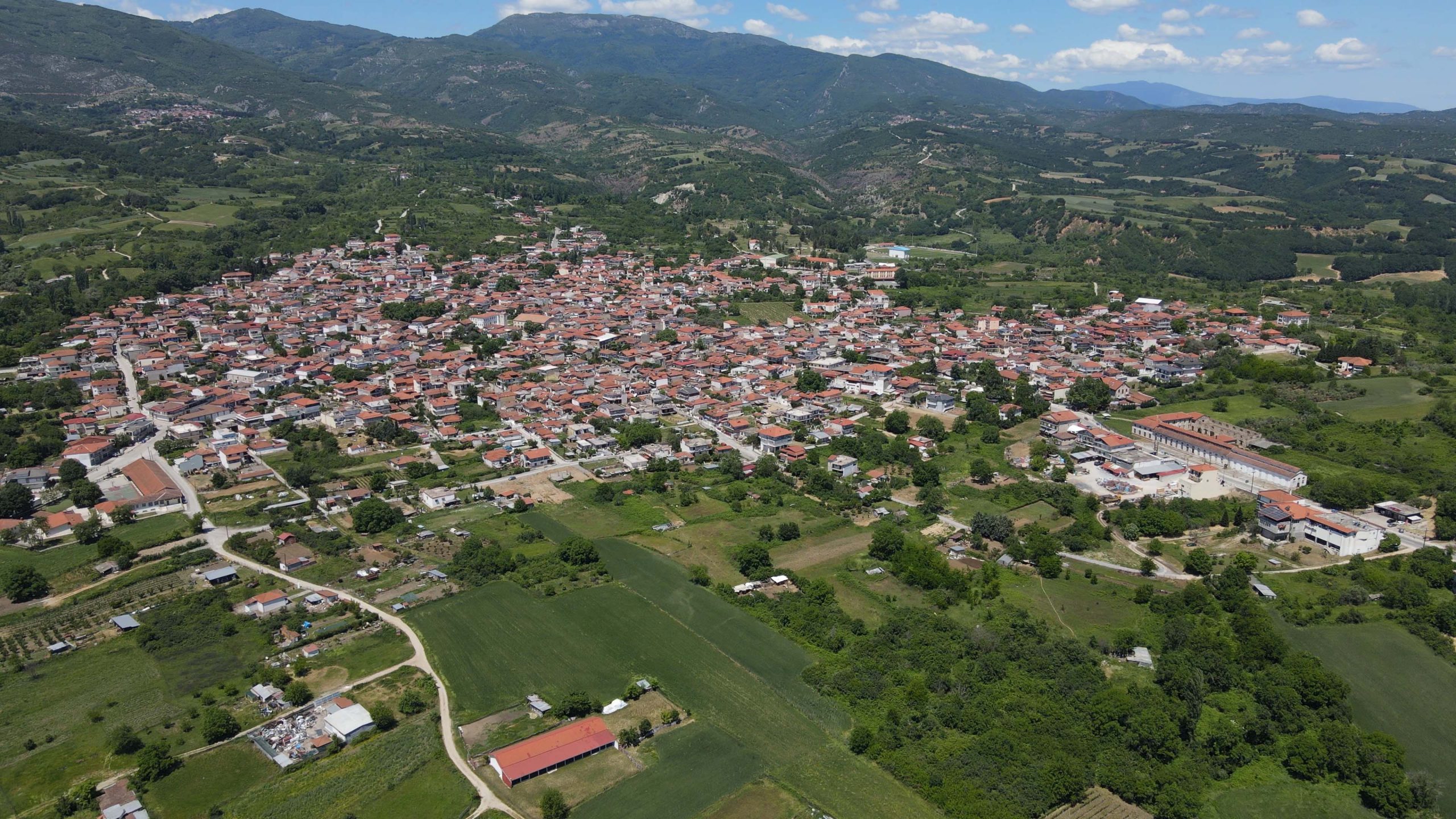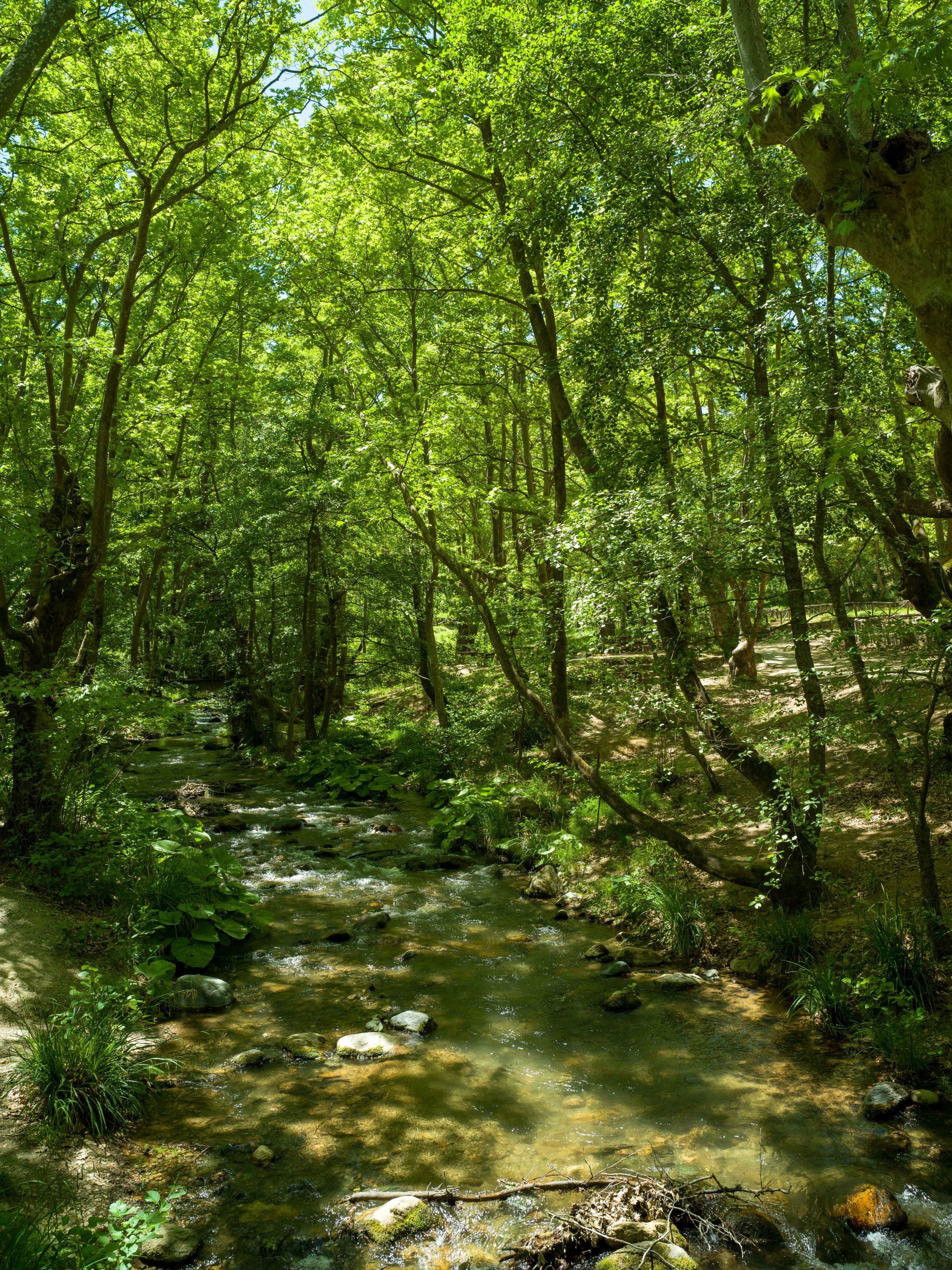This website uses cookies so that we can provide you with the best user experience possible. Cookie information is stored in your browser and performs functions such as recognising you when you return to our website and helping our team to understand which sections of the website you find most interesting and useful.

The city of Goumenissa
Goumenissa is located in the heart of ancient Bottiaia, which after the Roman conquest of Macedonia, in 146 BC, became part of the Roman province of Macedonia. After the division of the Roman Empire, the area came under the control of the Eastern Roman Empire (Byzantine Empire). Following the fall of Constantinople to the Crusaders in 1204, and until 1224, the area was part of the Latin Kingdom of Thessaloniki. In 1224, it fell under the control of the Ruler of the Despotate of Epirus and returned to the Byzantine Empire in 1246.
Archaeological sites have been identified in the periphery of the town, dating from antiquity to the Byzantine era. Their future research can enrich our knowledge on the habitation and history of the area over the centuries. Goumenissa was established around the 15th century by the coalescence of a number of small farming settlements. It flourished from the end of the 17th century onwards and especially in the 19th century as a commercial, artisanal, agricultural, and religious center. During the Macedonian Struggle (1903-1908), remarkable army squads led by local chieftains, such as Ioannis Papageorgiou, the Doyama brothers, Naumis, Sionidis and Karaiskakis, operated in the area. Goumenissa, as well as its entire county, was liberated by the Greek Army on October 23, 1912, during the first Balkan War. Today, it is particularly known for its excellent wines, with protected designation of origin, as well as for its rich musical tradition, the brass bands of Goumenissa.



